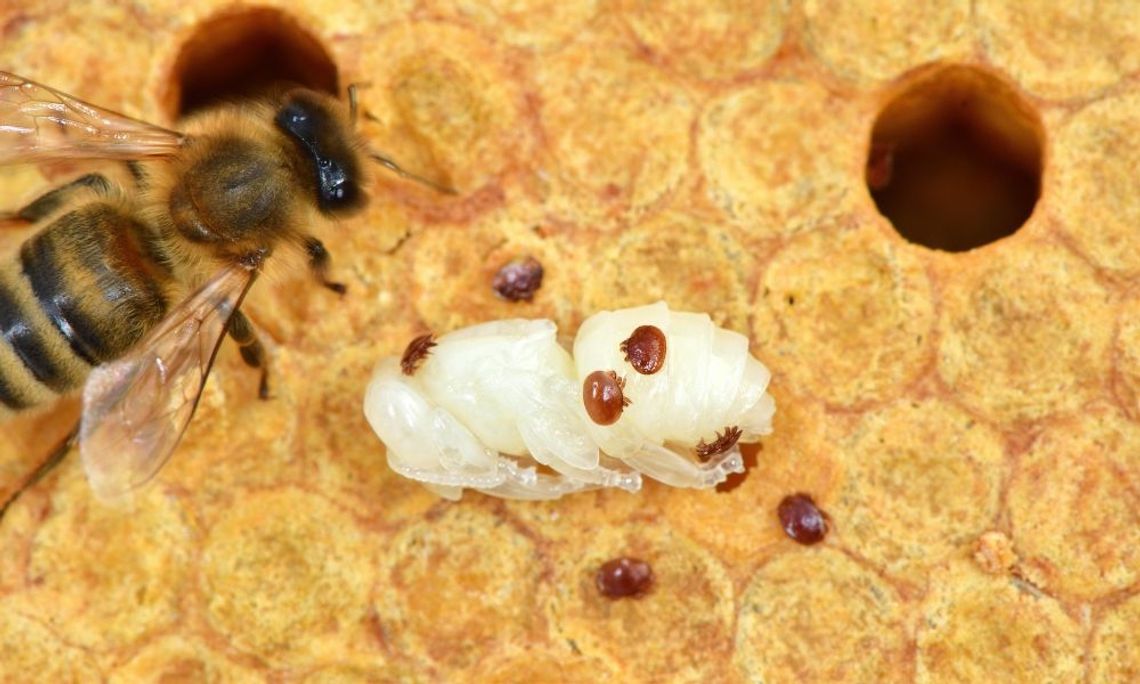Embarking on the journey to become an apiarist—or beekeeper, for those new to the lingo—is both exciting and rewarding. There’s nothing like the buzz of a hive, the sweet taste of fresh honey, and the intricate ballet of worker bees to captivate your interest. However, you must get the basics right to ensure a healthy and productive hive. Read on for the top four must-know tips for beginner apiarists.
Choose the Right Hive Location
Believe it or not, the placement of your hive significantly impacts the well-being of your bees. Bees require a balanced environment—too much sun or shade, and your bees could become either overheated or susceptible to moisture buildup. Ideally, place your hive in a location where it will receive morning sunlight but be shielded from strong afternoon sun. Make sure the area has good drainage, too, to avoid waterlogging issues.
Suit Up Safely
Your personal safety and comfort when handling your hive is paramount. For that, you’ll need a well-designed bee suit, gloves, and veil. Don’t underestimate the importance of quality gear. A thick yet breathable suit can protect you from bee stings while still keeping you cool. Gloves should be durable but flexible, allowing you the dexterity to manage the hive’s delicate structures.
Master the Art of Smoking
Smoking is a traditional and effective way to calm bees, making hive management far less stressful. For this, you’ll need a bee smoker and fuel like wood chips or dry leaves. Gently puffing smoke at the hive entrance and under the hive’s lid helps disorient the bees’ sense of smell. This distracts them from detecting the alarm pheromones that would otherwise make them more aggressive. A proper smoking technique can make routine hive checks a much smoother process.
Manage Varroa Mites
Varroa mites are the nightmares of beekeeping, posing a significant threat to your hive’s health. These parasites feed on bees and transmit harmful viruses. Regular monitoring and varroa mite management through techniques like sugar rolls or sticky boards is essential.
If you confirm infestation, consider treatments like oxalic acid vaporization or formic acid strips. While some apiarists prefer natural solutions like drone comb trapping, the key is to find a method that’s both effective and in alignment with your beekeeping philosophy.
Now that you know the top four must-know tips for beginner apiarists, you’re better equipped to start your beekeeping adventure. From choosing the right location for your hive to mastering the art of smoking and managing pesky varroa mites, these foundational tips are your first steps toward a thriving apiary.


Comment
Comments